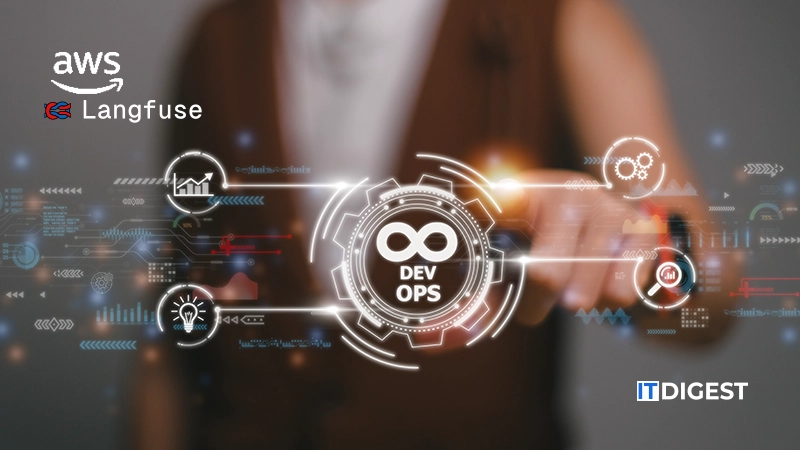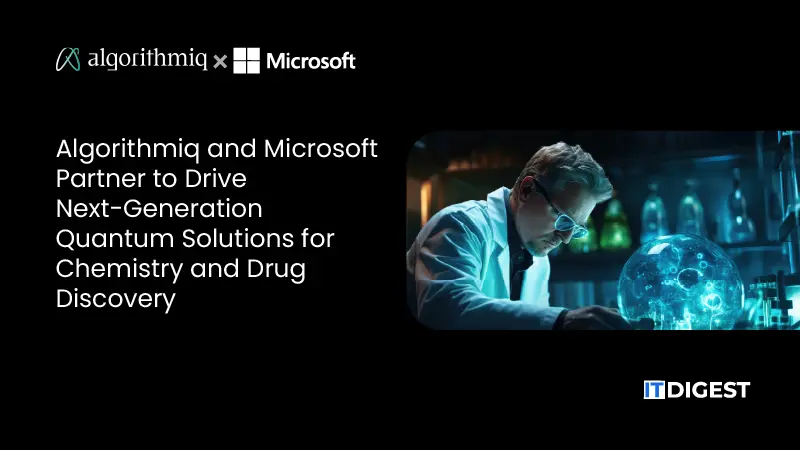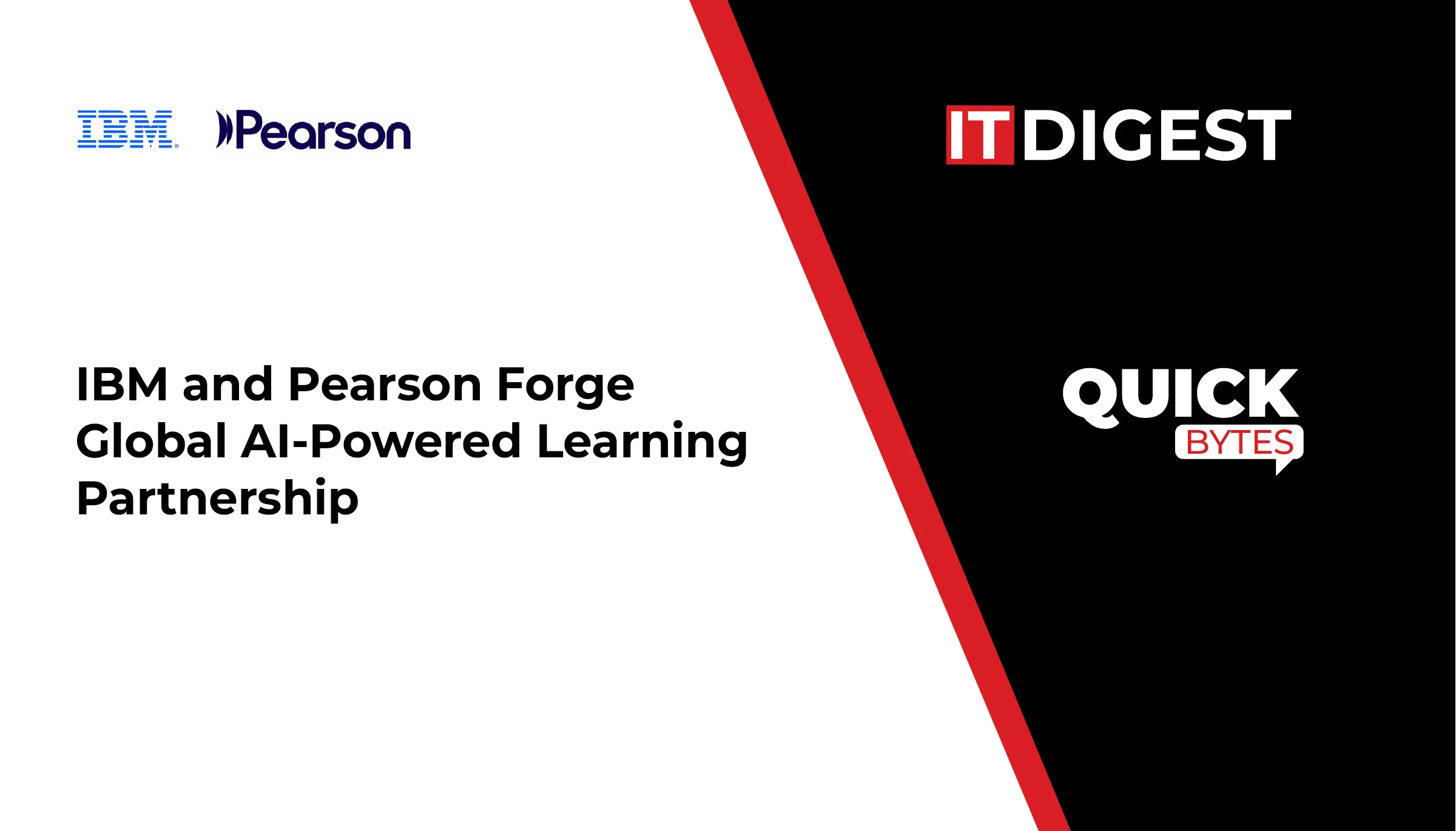Data Mapping At Its Essence
It is critical to map your data when you are integrating all of your data to be stored in your data warehouse for end-user analysis. Data mapping is the process of translating information from one source to another, essentially matching data source fields to target fields in the data warehouse.
As of the number and complexity of databases, sources, and data types that must be consolidated, data mapping is a critical function for extracting the most value from your data warehouse and obtaining the most accurate insights from your data.
Seeing as data mapping is so important in data warehousing, companies must decide how data mapping fits into their overall data strategy: do it on-premises or use other tools available today.
Talend Data Integration
Talend Data Integration has a place in this list of good and inexpensive data mapping tools. It allows for the expansion of functional features. The tool features an easy-to-use design interface as well as open-source components. It can work with almost any format, including XML, Excel, JSON, CSV, and others. Because the tool is widely used and well-known around the world, you can easily find help online. This includes a knowledge base and official support forums.
When it comes to ETL tasks, it is one of the most trusted data integration technologies. It aids in the ETL design and implementation process. It gives its users graphical interfaces in which they can map data from the source to the destination systems.
Read More: 5 Benefits of IoT in the Food and Beverage Industry
Altova MapForce Platform
Another of the greatest low-cost any-to-any data mapping tools with a variety of automated possibilities. Altova MapForce is a graphical data mapping and integration software solution that can map data across XML, database, Excel, JSON, EDI, XBRL, flat file, and/or Web service. MapForce Platform may be installed quickly and easily. Other “big iron” data integration tools are far more expensive and risky than this software option. Furthermore, the platform is very adaptable to a wide range of requirements and purposes.
Pentaho Data Integration
Kettle’s Pentaho Data Integration is a well-known ETL tool. The Platform features a sophisticated and strong architecture that is incredibly adaptable and easy to use. It lets you use variables in practically every situation.
You can swiftly lead data conversions and easily build reports. One of the most appealing characteristics is that the tool can accept data in any format, including CSV, Excel, text, JSON, Hadoop, and so on. You can ingest, blend, map, cleanse, and diverse data from any source with Pentaho Data Integration.
IBM InfoSphere DataStage
IBM InfoSphere DataStage has it all when it comes to globally recognized data mapping tools and software solutions for large companies. IBM InfoSphere DataStage is a leading ETL technology that can map and integrate data from many systems, as well as provide costly metadata management and scalable, big data enterprise connectivity.
It is a very comprehensive software package that includes ETL, MDM, DQ, Metadata management, and other features. A complete set of data integration and mapping tools to meet any requirement. Their technical help is excellent, and they can usually resolve issues in less than a day.
Adeptia Integration Suite
Adeptia Integration Suite (AIS) is a good option if you need economical industry-leading data mapping tools and integration software. With sophisticated data mapping capabilities, it is one of the most adaptable and complete integration software platforms on the market.
The program allows you to take practically any digit of input documents and create a consistent output for all of them with just a few mapping actions. It ensures a smooth B2B integration procedure, and data connections can be of various sorts, such as files, APS, transactional information, or simply simple forms.
In The End..
Data mapping applications and tools are available to assist you in utilizing data in a number of values and formats. Data mapping has a number of advantages for businesses, including helping them to quickly digest massive amounts of data, following customer trends in real time, identifying fundamental causes, recognizing different linkages, cutting corporate operation expenses, and many more.
































